IV Congresso Brasileiro de Rochagem: Highlights from the Presentations in English
Since September 2009 Brazil has held a conference on rochagem (rock dust) every 3 years. The Brazilian Conference on Rochagem highlights Brazil’s role as a leader in scientific research and policy creation around the use of rock dust as a sustainable fertilizer. The Congress creates a forum for researchers, the general public and private interests to discuss the scientific advances, effective policies and future rock dust potential. Past conferences have steadily advanced the importance of rock dust as a fertilizer to enhance food security and promote environmental health in Brazil. Despite pandemic difficulties, the IV Congresso Brasileiro de Rochagem went forward virtually November 8-10.
The goals of this year’s Congress included: evaluating scientific and technical advances, suggesting large scale implementation, promoting research networks, discussing policy, and supporting local remineralization initiatives.
Most of the conference occurred in Portuguese, however, international researchers including David Manning, Peter van Straaten, and Phillip Swoboda presented their research in English. Sentiment among the researchers emphasized rock dust as an effective and ecologically responsible fertilizer, as well as a carbon sink, though there are barriers and uncertainties that must be addressed to ensure successful wide scale implementation.
break
David Manning on rock dust, crop nutrition, and climate change
In the first English presentation, titled “Rock Dust, Crop Nutrition, and Climate Change,” Professor David Manning of Newcastle University explored rock dust’s potential use as a carbon sink. He explained that the weathering process of rock dust which fertilizes soil also provides the opportunity for carbon capture, with the most potent effects from rock dust made of kamafugites and basalts. Before employing rock dust for carbon sequestration, two major questions arise: How much carbon can be captured? And how much energy is required to pulverize and transport the rock dust?
Manning presented a study which calculated the potential carbon sequestration effect from using rock dust to restore pasture land in São Paulo, Brazil. Manning’s calculations demonstrated that in São Paulo, soil restoration can be integrated with carbon capture. Using rock dust to restore thirty million hectares of pasture land will have a net carbon sequestration effect. Spreading forty tons of rock dust per hectare, could restore the pastureland and additionally compensate for a year of Brazil’s agricultural emissions (500MT CO2/yr).
While these numbers are promising, adapting the approach to specific locations will entail evaluating the specific carbon costs and capture potential. In São Paulo the carbon costs of the production and transportation were quite low compared to the sequestration effect, permitting rock dust to be transported up to 1,000 km with a net sequestration effect.
break
Peter van Straaten on the agricultural use of rock dust
Peter van Straaten followed Manning’s presentation by examining the restoration of depleted tropical soils in Australia, Indonesia, and Malaysia using rock dust, particularly finely ground basalt from Australia.
In van Straaten’s presentation titled “Agricultural Use of Finely Ground Basalt in Queensland, Australia,” van Straaten explained that basalt rocks form under high pressure and temperatures, deep in the earth. They contain important nutrients for soil and agriculture, including iron, magnesium, and calcium. The weathering of basalts releases these nutrients into the soil. Van Straaten discussed two formations in Australia where basalt is extracted for the construction and road industry.
Crushed basaltic powder from these quarries was applied to nutritionally depleted agricultural land. The application of crushed basalt rock dust improved the production of sugarcane, tomatoes, peanuts, and bananas. Plant health and production increased as more rock dust was applied, however, the most economically viable application is 2.5 tons per hectare. Overall, basaltic rock powders increased the root growth of bananas, demonstrated more vigorous tomato plants, had positive effects on peanut plants, and aided the restoration of nutrient depleted soils.
Straaten faced challenges in quantifying the time and amount of nutrients that are released into the soil from the basalt powder. He suggested that stimulating weathering through acidic soil and exposure to microbial life would increase the rate at which the rock powder released nutrients.
break
Philipp Swoboda on rock powders, soil health, and animal manure
Farmers in Europe also commonly apply rock powders to improve soil health. In Austria, Germany, and the Netherlands rock powders including Eifelgold and Biolit are combined with slurry, liquid manure. These farmers claim it offers a variety of benefits including improved nutrient content and decreased ammonia emissions. Philipp Swoboda’s presentation “Effects of Silicate Rock Powders on Soil Health and on Animal Manure” investigated the soil health implications of rock powders and the effects of mixing rock powders and animal slurry, a practice that is increasing in popularity in Austria, Germany, and the Netherlands.
In the EU, livestock management produces 75% of the ammonia emissions and 15% of all greenhouse gas emissions. Unfortunately, Swoboda could not prove that the practice of mixing animal slurry and rock powder was an effective way to reduce ammonia emissions. He hypothesized the high potassium content of the slurry prevented a reduction of ammonia emissions. Additionally, his study suggests that this practice increases greenhouse gas methane emissions. However, the addition of rock powders to slurry had the benefit of reducing the slurry crust.
Swoboda also found that rock powders can improve soil health in many metrics, including yield, pH, potassium and silica content. This highlights the complex effects of rock powder usage and the need for further understanding. Additionally, rock powders affect soil over a long term, while many scientific studies to date have focused on shorter term time periods.
break
Peter van Straaten on the importance of rocks for soils and crops
The following day in his talk titled “Rocks: The Basis of Soils and Crops,” van Straaten challenged the attendees to consider employing naturally existing rocks and soils. Soils formed from different parent rock materials have varying properties, and planting crops in soils which meet their nutrient needs can reduce required external inputs.
A poignant example from banana agriculture demonstrates the effectiveness of growing crops in soils that already contain necessary nutrients. Bananas planted in Pernambuco, Brazil in soil with no potassium – a necessary nutrient for banana plants – showed limited growth. The only solution to enhance the yield and health of these plants is the addition of fertilizer or rock dust rich in K from elsewhere. Comparatively, crops prospered when cultivated in potassium-rich volcanic soils near Lake Katunga, Uganda, an environment that matched the banana crops’ nutritional needs. Instead of adjusting soils to suit certain crops, growers can plant crops in suitable soils.
But is this practical and economic? Van Straaten answered optimistically. Geological and geophysical maps along with meteorological data are available, and with the assistance of local knowledge, it is possible to outline suitable cropping areas. In structurally uncomplicated geological landscapes, in flat lands, and areas where geological units are homogenous, pairing crops and soils is a viable approach, although challenges arise in areas with unsuitable climates or significant geological variability in a small area. Moreover, agro-geological agriculture, as Straaten termed this method, can complement other systems for sustainable agriculture and land use.
break
David Manning on the future of rock powder research
Closing out the English presentations with “On the Future of Rock Powder Research,” David Manning turned an eye toward the work that researchers can perform in the near future. The key diverse groups who will direct and drive future rock powder research include researchers, industry investors, farmers, and policy makers. For funding opportunities, it will be important to closely watch investors interested in NetZero technologies. Yet, accessing this funding requires that researchers accumulate solid evidence concerning rock dust’s potential for carbon removal. While there are reliable studies, Manning notes that due to the interdisciplinary nature of this inquiry, it is challenging to appropriately design studies with all necessary expertise. Complete geological studies of the soil material and botanical information is necessary for every study. He urged researchers to emphasize reproducibility and to ensure the inclusion of expertise from each necessary discipline.
To increase investment in CO2 removal, researchers need to focus their attention upon three large questions: How do you measure CO2 removal? Can you measure the exact application of a rock powder per hectare? And how can the amount of rock dust a farmer has spread be verified?
Communicating results to farmers who employ regenerative farming techniques is also necessary. A combination of pot trials and field trials can provide evidence that is reliable for industry investment and relatable to farmers. Further questions that impact farmers include: How do we measure the benefit in the field? How can we confirm that rock powder caused the benefit? What are the economic benefits of applying rock powder?
break
Conclusion
Overall, the English presentations at the Rochagem Conference underscored the complexity of using rock powders in agriculture. They highlighted the multitudes of methods and applications of rock dust, as well as the varieties of rocks that can be utilized. And they pointed out the benefits and barriers that should be further studied and evaluated.
break
Alexandria Kleinschmidt graduated with a degree in Geology and German from Boston College, then taught English in Germany on a Fulbright scholarship. She is currently based in NYC and volunteers as a science writer for Remineralize the Earth (RTE). She is looking forward to further understanding rock dust’s potential to remineralize soil and sequester carbon. In her free time she enjoys swimming, hiking, and exploring new places.
break
Video recordings of the presentations
Support us on Patreon
Thank you for joining us today! Please become a member of RTE and support us on Patreon. Unlike many larger organizations, we work with a team of determined and passionate volunteers to get our message out. We aim to continue to increase the awareness of remineralization to initiate projects across the globe that remineralize soils, grow nutrient dense food, regenerate our forests’ and stabilize the climate – with your help! If you can, please support us on a monthly basis from just $2, rest assured that you are making a big impact every single month in support of our mission. Thank you!

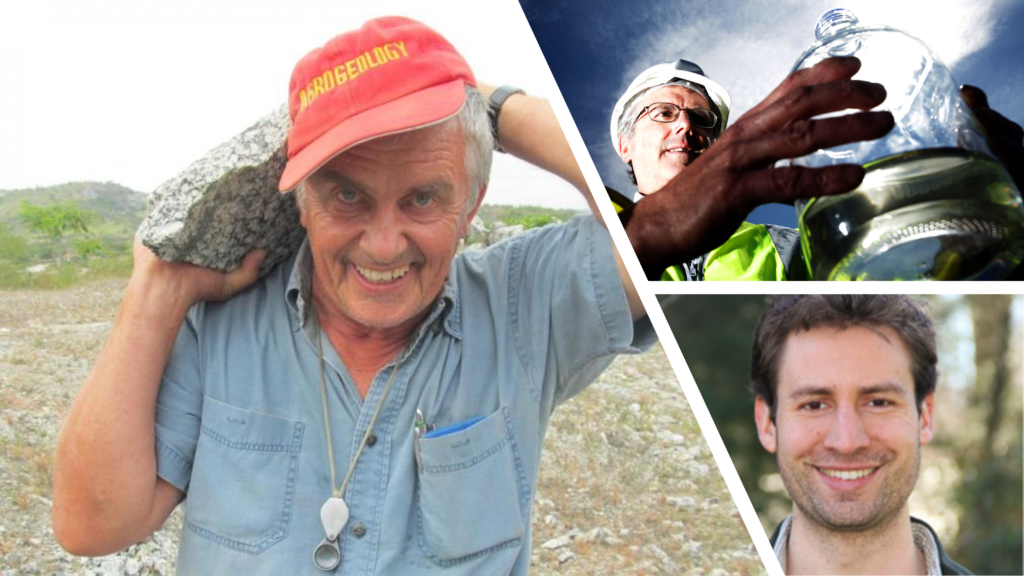
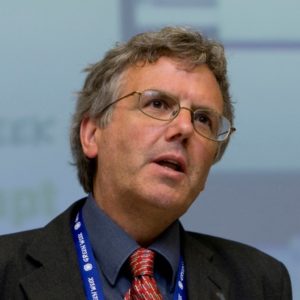
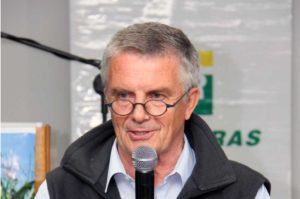
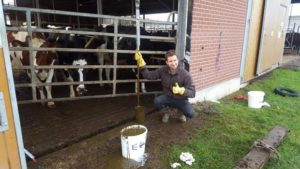
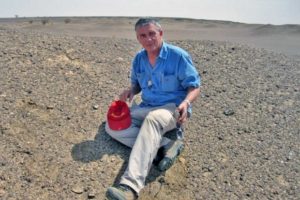






Got something to say?